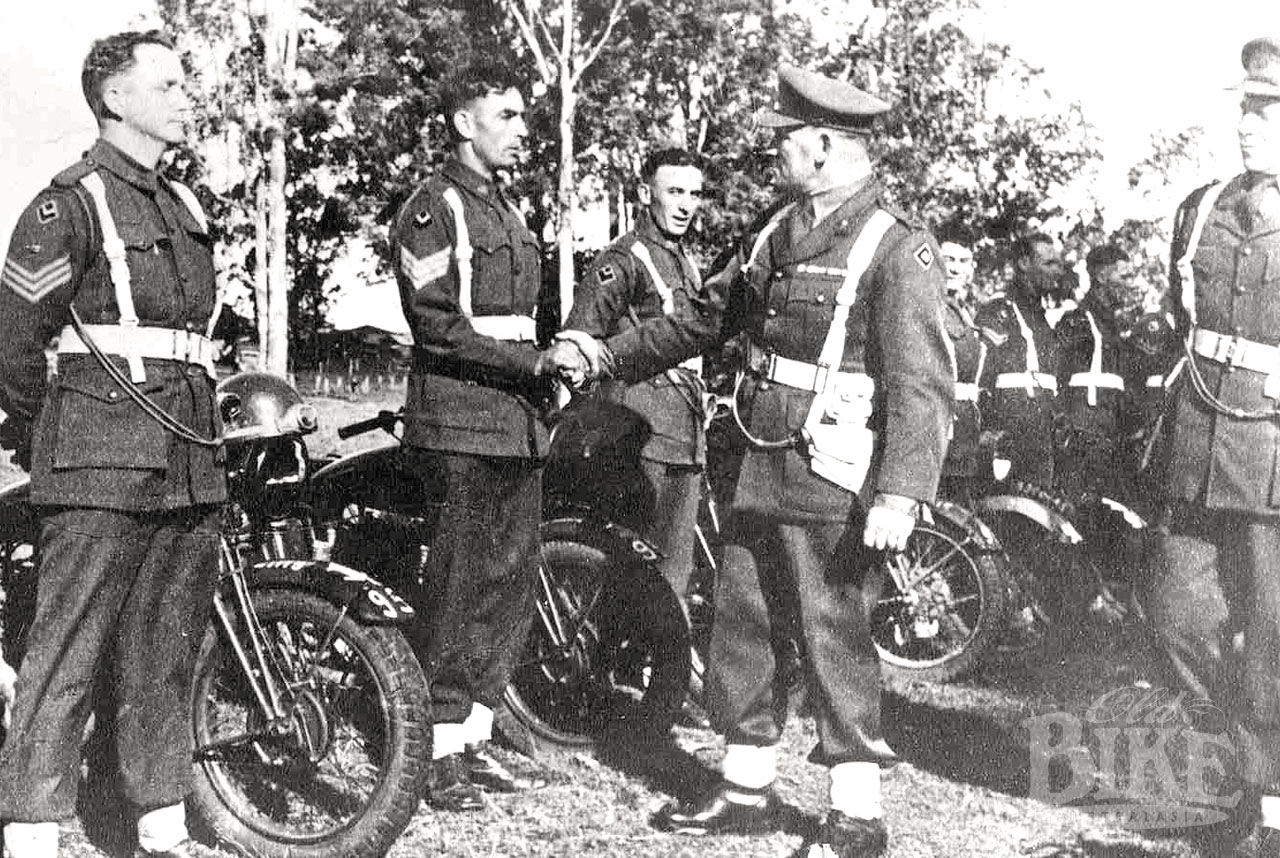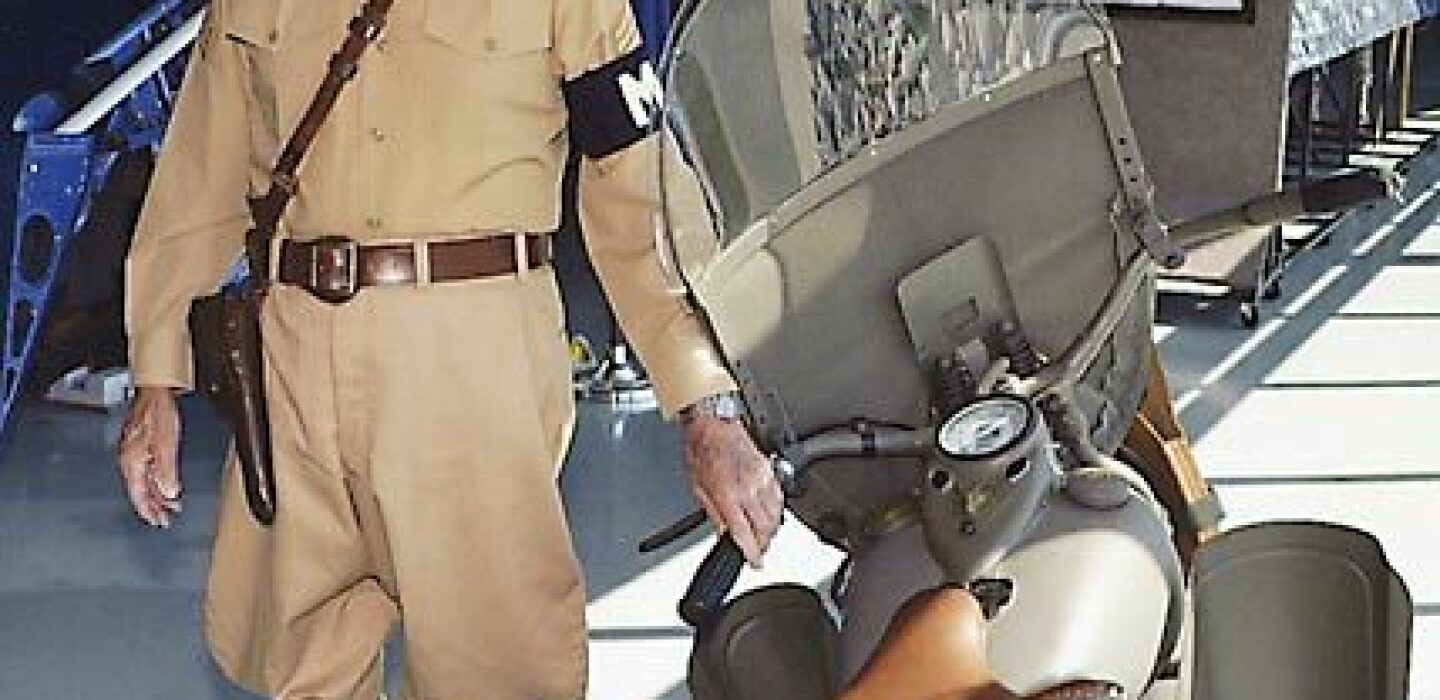Wwii Military Police - File : WW2 German Army Military Police Feldgendarmerie Tunic, Gorget, DRL Sports Badge (Deutsche Reichsportbzeichen), SS Badge, Sam Browne Crossbelt, etc. Lofoten Kriegsminnemuseum ("Gestapo Office") 2019-05-08 DSC00158.jp
Preview size: 400 × 600 pixels. Other resolutions: 160 × 240 pixels | 320 × 480 pixels | 512 × 768 pixels | 682 × 1,024 pixels | 1, 365 × 2, 048 pixels | 3,648 × 5,472 pixels.
Wwii Military Police

DescriptionWW2 German Army Military Police Feldgendarmerie Tunic, Gorget, DRL Sports Badge (Deutsche Reichsportbzechen), SS Badge, Sam Browne Crossbelt, etc. Lofoten Kriegsminnemuseum ("Gestapo Office") 2019-05-08 DSC00158.jp
Wwii U.s. Army Military Police Uniform (75954)
English: Photo taken on May 8, 2019 in the 'Gestapo Room' of the Lofoten War Memorial Museum (Lofoten Kriegsminnemuseum) in Svolver, Norway. The museum exhibits uniforms, militia, souvenirs, small items etc. related to the period of World War II, Norway 1940 - 1945 and the Third Reich.
This image shows a symbol (or similar) used by the National Socialist (NSDAP/Nazi) German government or an organization closely associated with it, or another party banned by Germany's Federal Constitutional Court.
Using symbols of organizations banned in Germany (such as the Nazi swastika or arrow cross) may be illegal in Austria, Hungary, Poland, the Czech Republic, France, Brazil, Israel, Ukraine, Russia and other countries, depending on the context. . In Germany, the applicable law is Paragraph 86a of the Criminal Code (StGB), in Poland - Art. 256 of the Criminal Code (Dz.U. 1997 nr 88 poz. 553).
This file contains additional information such as Exif metadata that may have been used by a digital camera, scanner, or software program to create or digitize it. If the file has been modified from its original state, some details such as time stamps may not fully reflect the original file. The time stamp is only as accurate as the clock in the camera and can be completely wrong. Research, photographs and text: Sergeant Antony Buckingham. RACMP, a service police investigator currently posted to the Australian Defense Force Investigative Service (ADFIS).
Military Police In Wwii Hi Res Stock Photography And Images
Since their formation in 1916 during the First World War (WW1), the Royal Australian Military Police (RACMP) or more commonly known as the Military Police (MP) has been policing in times of war and in peace to carry out policing, investigations and combat in support of their fellow soldiers. Support duties.
Throughout its history, MPs have always used motorcycles in conjunction with other vehicles to carry out their duties. The Military Police Motorcycle is the "workhorse" of the Corps and has stood the test of time in war and peacetime, providing speed, practicality and presence in combat and military environments across Australia.
Although the current MP bike is a BMW (Civilian Police Model), the Corps has ridden US, British and Japanese variants since 1916: for urgent messaging; Convoy Management - Caring and shepherding of trains; Traffic management - rapid response to traffic problems; Staffing Checkpoints - A quick way to dart between different points in combat, in particular; Highway and street patrol - picking up vagrants, identifying broken down vehicles, helping the lost; Physical police presence - patrolling military areas for disciplinary offences; maintaining physical security - police/security presence throughout the military area; Road signs and route markings - assisting convoys and military vehicles; formal escorts and public relations activities; More practical on unsealed roads - they can go anywhere; It can be easily used in aircraft or marine vessels; Overall good maintenance and reliability in operational areas.

Left: A member of the British Commonwealth Occupation Force at the Victory in Japan in the late 1940s. Right: Harley and Rider dressed up for formal work in the 1950s.
German Military Police Field Cap
Norton's British bikes and WLA Harley's US models were particularly popular during World War II. From the late 1940s to the late 1950s post-WWII the Australian Army had WWII military equipment with motorcycles most prominently the Harley Davidson military version commonly known as the WLA. Several hundred men supplied to Australia for free by the USA in WWII under the 'Lend Lend Agreement' would serve with the Australian Army throughout the war and into the late 1960s. At times his use was more than theatrical talent.
As part of raising the profile of the new Australian Regular Army, the Military Police were asked to provide "elaborate equestrian displays" at military tattoos and PR events across Australia where it was common to see many MPs standing/lying dangerous and spectacular equestrian combinations. Down and on a venerable old Harley Davidson motorcycle.
The Harley would serve the Corps well and continue into the 1960s and into the Vietnam War. In 1967, the British BSA B40 motorcycles would replace the long-running Harley Davidson motorcycles, however, not without some controversy. Initially, the BSA B40 was selected for its light weight and cross-country performance, which suited the Army's requirements for operations in South East Asia. The need for a highway capable bike was not urgent, as the military was on constant operations in South East Asia during this period.
A mix of 1970s models from the Sydney Botanic Gardens including a BSA B40 and a W1 Kawasaki.
Wwii Us Army Restored Original M1 Infantry Helmet Swivel Bale Shell An
Left: A member of the MP Red Knights demonstration team with his GS400. Right: Red Knights 'sword pegging' on a GS400 board.
Various reports about the condition of the bikes in service with the Corps were presented, with one report in 1971 stating that Australian BSA distributors did not carry most of the spare parts required for service to the Australian Army. It was further noted that engines were not available at Northern Command, Brisbane and North Queensland from January 1969 and RAEME had to produce pistons and piston rings. Other problems ranged from various cables constantly breaking, electrical failures, bike exteriors slipping and poor performance at slow speeds when riding ceremonial escorts. The same report stated that the bikes of one provost unit were repaired on average 25 days a month and 16 out of 20 bikes of another unit were repaired at the RAEME workshop. How the spare parts that came with the bikes when they entered Australian Army service were loaded onto a separate ship caught in the Suez crisis in the 1960s and some 10 years later arrived in Australia from 1975 and perhaps explains the reason for the change. Part was a big problem.
Optimists include, from left, the Honda CB550, Yamaha 500, Kawasaki Z400 and Suzuki GS400 in the 1970s.

In 1976 the Australian Army adopted their first non-British/US bike and introduced the Suzuki GS400, the first of many Japanese models. Used on the farm and in police roles, it had a tendency to fall down on long road trips. By 1987 the Suzuki 65GSRR would enter service. Easy to drive, balanced and considered excellent for escort work, it would serve the Corps well until 2004. In 1987 the Yamaha 60XTT trail bike was the second Japanese bike to be introduced into MP service. Considered a robust tow bike and very reliable after initial fuel and battery issues were resolved, it remained in service until 2011 and was recently sold.
Military Police Station Hi Res Stock Photography And Images
The BMW R 1150 RT-P was chosen to replace a fleet of Kawasaki 650s and Suzuki GS400s. The first delivery consisted of 37 motorcycles and were essentially similar to those used by the police.
In 2004, the Corps received the current version of their MP bike, the BMW K100 police bike. Based on the Victorian police model, it has proven to be very reliable and balanced and is currently used for escort and ceremonial work and domestic policing at Army sites across Australia. The RACMP continues to use motorcycles on a daily basis and provides an efficient and profitable service to the Australian Army and ADF.
Military police bikes are not currently used in the Middle East due to the "high IED bomb threat" and are not considered safe (lack of rider protection) in a modern combat environment. However, MP bikes are used every day across Australia and are synonymous with the role and functions of the RACMP.
When you returned to the barracks after a night "on the town," I drove you home safely.
Wwii Era Us Army's Military Police Willys Jeep Stock Photo
I've been through two world wars, BCOF Japan, Korea, and the "Highway to Hell" to this day.
This story was written in collaboration with the Military Police Association of Australia (MPAA), current and former members of the RACMP.
Story: Jim Skysbrook • Assistant: Jenny Martinez • Photographs: Ray Kelly, Wes Brown, Noel Cheney, Ross Martin and other private collections. Like its more famous counterpart in the Irish Sea, the Australian TT […]

Australia's thriving historic racing movement attracts a wide variety of mystery bikes of all ages - many of them excellent, sometimes a little odd. John Trace's Harley Special may appear to those unaware of its potential performance [...]
A British Veteran Of D Day And Still Able To Wear His Old Military Police
Story: Jim Skysbrook • Photo: Karel Zegers, OBA Collection Mike Halewood told me that once the original
Wwii military memorabilia, military patches wwii, wwii military, free wwii military records, wwii military gear, military police wwii, military records wwii veterans, wwii military watches, canadian military records wwii, military records wwii, military personnel records wwii, wwii military records search
0 Comments